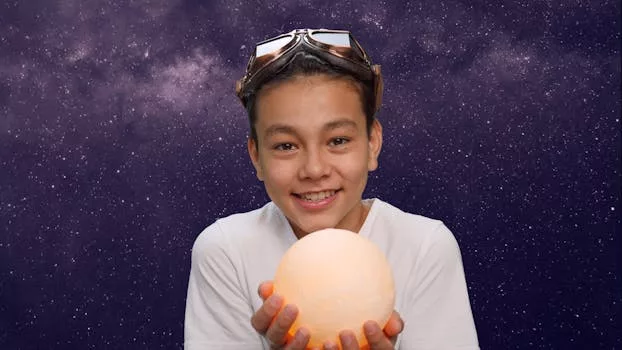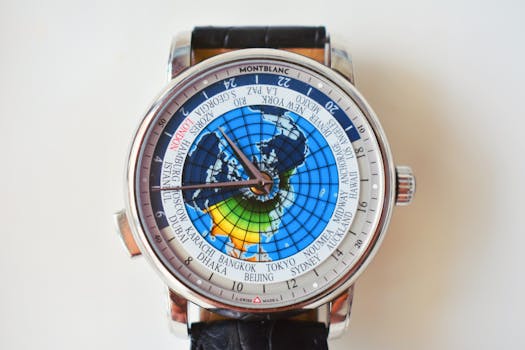
“
Stargazing and Storytelling: How Imagination Elevates Us Beyond the Stars
Stargazing and storytelling have been an integral part of human culture for centuries. From ancient myths to modern-day science fiction, our fascination with the night sky and the stories that come with it has inspired some of the most remarkable achievements in human history. In this article, we will explore the connection between stargazing, storytelling, and imagination, and how they can elevate us beyond the stars.
The Power of Stargazing
Stargazing has a way of putting things into perspective. Gazing up at the stars, we are reminded of the vastness and complexity of the universe. It is a humbling experience that can evoke feelings of awe, wonder, and curiosity. As we look up at the stars, we begin to ask questions about the nature of the universe, our place within it, and the mysteries that lie beyond our understanding.
Stargazing has also been a source of inspiration for many scientists, philosophers, and artists throughout history. From Galileo to Einstein, the study of the stars has led to some of the most groundbreaking discoveries in human history. The night sky has also inspired countless works of art, literature, and music, from Van Gogh’s Starry Night to Mozart’s Così fan tutte. For more on how imagination can influence our understanding of the cosmos, check out Galaxies of Dreams: How Imagination Transcends the Night Sky.
The Art of Storytelling
Storytelling is a fundamental part of human communication. It is a way of sharing our experiences, thoughts, and emotions with others, and of connecting with each other on a deeper level. Through stories, we can convey complex ideas, emotions, and values in a way that is both engaging and accessible.
When it comes to stargazing, storytelling takes on a whole new level of significance. The stars have been a source of myth and legend for centuries, with stories of gods and goddesses, heroes and monsters, and magical creatures that inhabit the night sky. These stories have been passed down through generations, evolving and adapting to the cultural and scientific context of the time. To delve deeper into this theme, you might find Charting New Realms: The Journey of Imagination Beyond the Stars enlightening.
The Connection Between Stargazing and Storytelling
So what is the connection between stargazing and storytelling? How do these two seemingly disparate activities come together to elevate our imagination and take us beyond the stars? The answer lies in the power of imagination itself.
Imagination is the ability to create mental images and scenarios that are not necessarily based on reality. It is the ability to dream, to fantasize, and to create new worlds and possibilities. When we gaze up at the stars, our imagination is sparked, and we begin to wonder about the possibilities that lie beyond our planet.
Storytelling takes this imagination to the next level. Through stories, we can explore the possibilities of the universe, create new worlds and characters, and imagine alternative scenarios and outcomes. We can use storytelling to make sense of the world around us, to explore complex ideas and emotions, and to connect with others on a deeper level. For further exploration of this connection, consider reading From Stardust to Dreams: Imagining Life Beyond the Stars.
Takeaways
- Stargazing and storytelling have been an integral part of human culture for centuries.
- Stargazing has the power to inspire awe, wonder, and curiosity, and has led to some of the most groundbreaking discoveries in human history.
- Storytelling is a fundamental part of human communication, and has the power to convey complex ideas, emotions, and values in a way that is both engaging and accessible.
- The connection between stargazing and storytelling lies in the power of imagination, which has the ability to create mental images and scenarios that are not necessarily based on reality.



